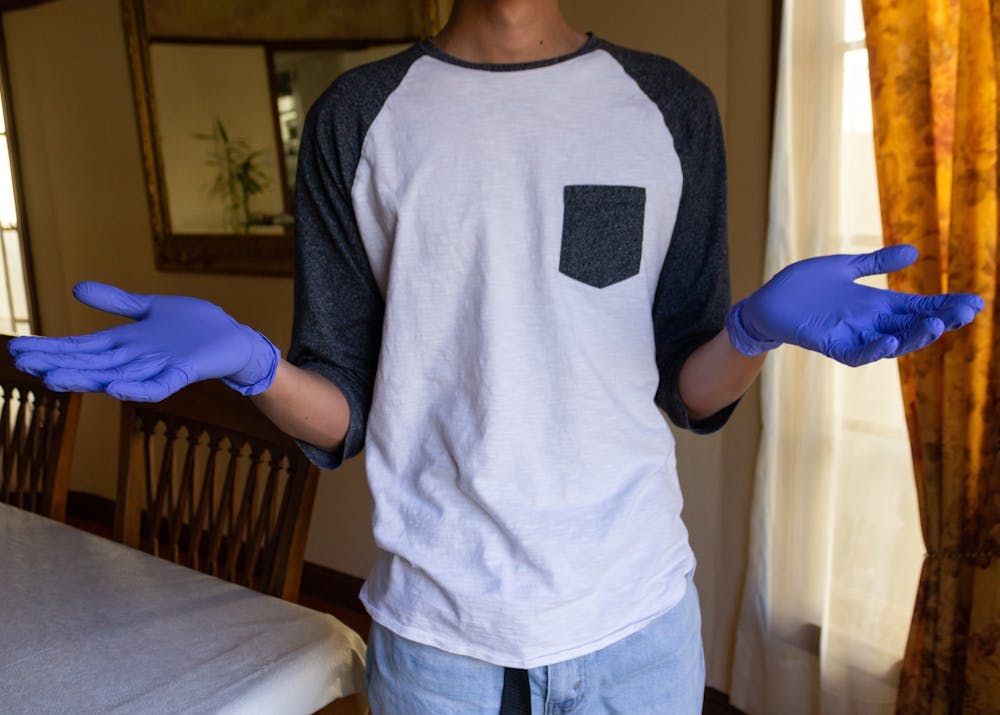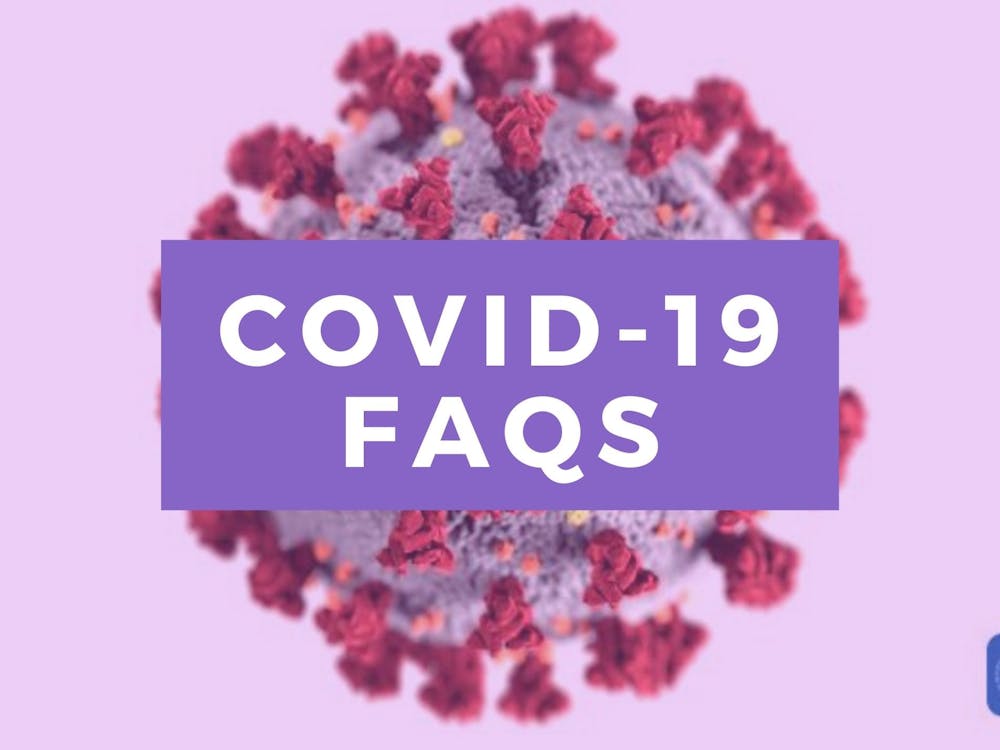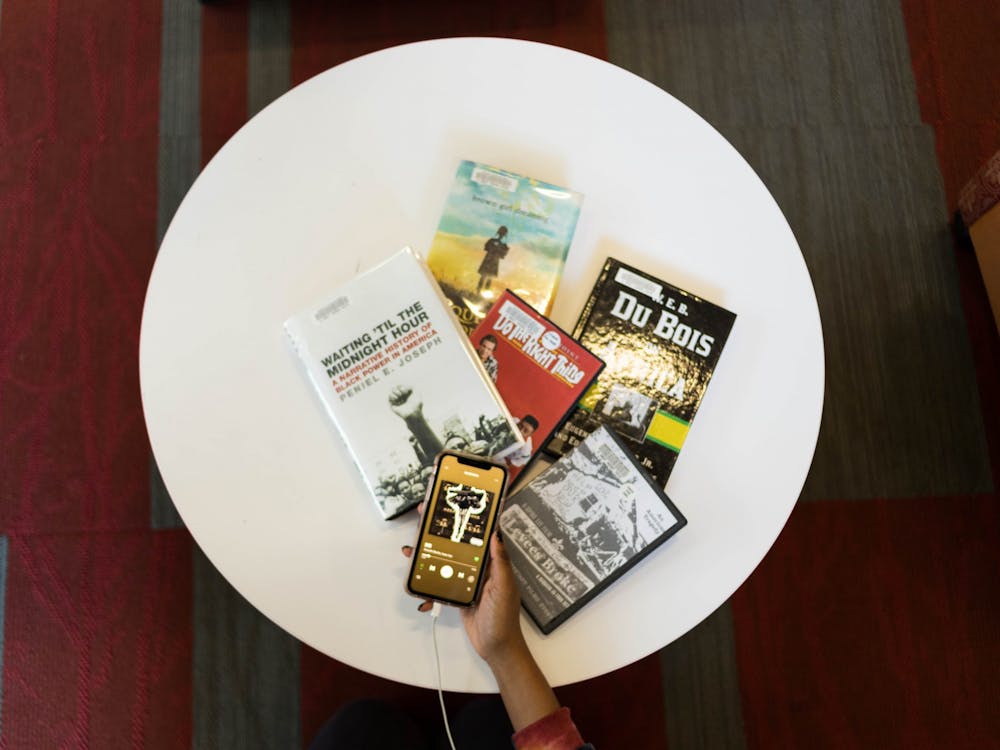As many people find themselves stuck inside their homes due to COVID-19, there’s plenty of time to read the news, whether good, bad or terrifying. Headlines scream to wash your hands and practice social distancing, but a global pandemic brings many more questions and concerns to mind. What is this disease? What is causing all of this? Are these safety measures necessary? How did this even happen?
“This is a public health crisis and we all need to do our part and help however we can,” biology professor Paula Tower said.
With many misconceptions and myths finding their way onto the pages of news sources and social media feeds, it is more important than ever to have the proper information and an understanding of what is happening.
COVID-19 is the disease caused by the novel coronavirus (SARS-CoV-2), which actually comes from a family of viruses that can cause things ranging from the common cold to MERS and SARS. While many have been using coronavirus and COVID-19 interchangeably, the two are not synonymous.
Viruses themselves are common. Every year, millions of people in the United States experience the common cold –– adults two to three times a year and children many more. We come into contact with billions of viruses every day, but viruses are particular about who they infect.
“We eat and inhale billions of viruses every day and they don't hurt us because we are not the type of cells they infect,” Tower said.
Coronaviruses are just one type of virus that affects humans. However, the COVID-19 disease that this current novel coronavirus causes differs from many viruses that we’re familiar with. It is a dangerous disease for everyone, but especially those in vulnerable populations because it “targets cells in the respiratory system,” Tower explained.
“The human population has never seen this virus before, so no one has any established immunity to it,” Tower said.
Unfortunately, COVID-19 probably won't be the last disease outbreak we see in the coming decades. This novel coronavirus was passed from animals to humans (more specifically bats), and as human populations continue to encroach upon the Earth’s natural resources, we become more and more likely to see these types of disease outbreaks, according to environmental scientists.
“The unrelenting pressure of human development on natural habitats, and our exploitation of dwindling wild populations of animals, produces more and more opportunities for viruses to move from the animal species they usually inhabit to humans,” said Steve Kolmes, the head of the environmental studies department at UP.
Both Ebola and SARS had their beginnings in the animal world, and COVID-19 is just the most recent example.
“This is not some strange event, it is a terrible but very predictable event that is likely to occur at intervals if we keep treating the planet’s resources as a fire sale,” Kolmes said.
Tower seconded this thought, adding “all of life and everything on this planet is connected.”
As this may become a recurring event, mitigation efforts have begun to reach beyond a good hand-washing, as social distancing is becoming increasingly important.
“Stay home, stay home, stay home. As much as possible,” Tower urged.
Many people who complain on social media about social distancing and stay-home regulations compare this outbreak to that of a bad flu season, going as far as to say that more people will die of regular influenza than COVID-19, and therefore there is no cause for concern. However, the data has begun to show that this is untrue.
Each year, the United States’ medical system prepares for flu season. Its beginning and end are predictable and the treatments are known. Millions will venture into pharmacies for vaccines and will be able to protect themselves from ever getting it. None of this can be said about COVID-19.
To begin with, “people infected with COVID-19 seem to be producing more virus before a person shows symptoms whereas the flu seems to spread more when an infected person already has symptoms,” Tower explained.
This means that a person who is asymptomatic can be spreading the virus without knowing it, much more easily than someone who has the flu.
Additionally, “patients with COVID-19 are hospitalized for twice as long as patients with the flu who require hospitalization,” Tower said.
Because of this rate of hospitalization, there has been the popularization of the term “flatten the curve.” The idea is to reduce the number of infections that happen in a short period of time to provide the necessary amount of time for the healthcare system to properly treat patients. Without flattening the curve, hospitals will become overwhelmed and patients will suffer the consequences.
Doctors in Italy have already begun having to choose between patients, offering only those with the highest chance of therapeutic success access to ventilators. Flattening the curve could be a method that prevents the United States from ever having to make these tough choices.
Norah Martin, a professor of ethics at UP offered a helpful analogy for this concept.
“Just like when we are in the 10-minute break between classes and everyone wants to use the restroom and there is a line, we want to prevent that kind of rush on the hospitals,” Martin said.
She added that campus classroom buildings were built much like hospitals; enough bathrooms to accommodate everyone going at a steady rate throughout the day. However, when there's a rush between classes, a line forms and slows everyone down.
“Having to wait in line to go to the bathroom can be uncomfortable; having to wait to use a ventilator could be deadly,” Martin said.
Flattening the curve could save the lives of many, but it means the sacrifices of social distancing. While staying home may not be as fun as doing homework on the lawn with friends around campus and watching the cherry blossoms bloom, social distancing and flattening the curve are integral to public safety.
“Think about someone else. We need to be communities supporting one another, even when they are different. We are all connected.”
Mia Werner is a reporter for The Beacon. She can be reached at wernermi22@up.edu.








